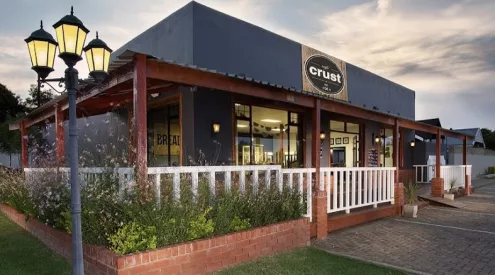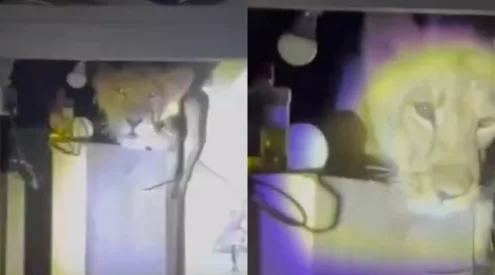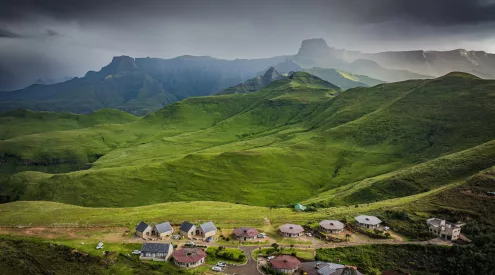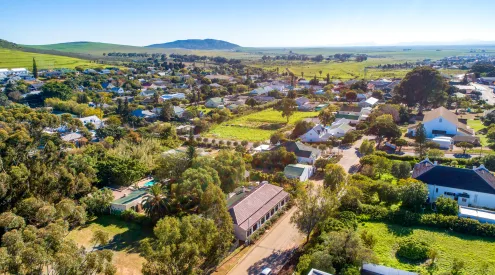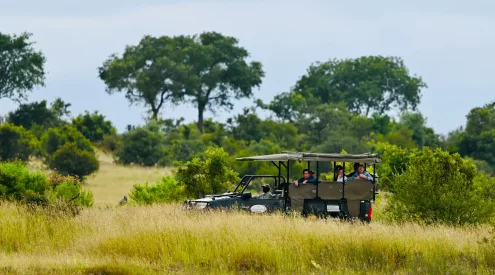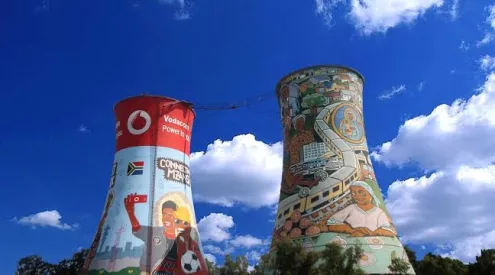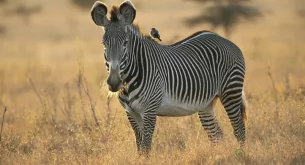South African National Parks (SANParks) is exploring sustainable solutions to aid areas affected by droughts and water shortages. The Eastern Cape, in particular, has been experiencing a severe drought that has threatened wildlife.
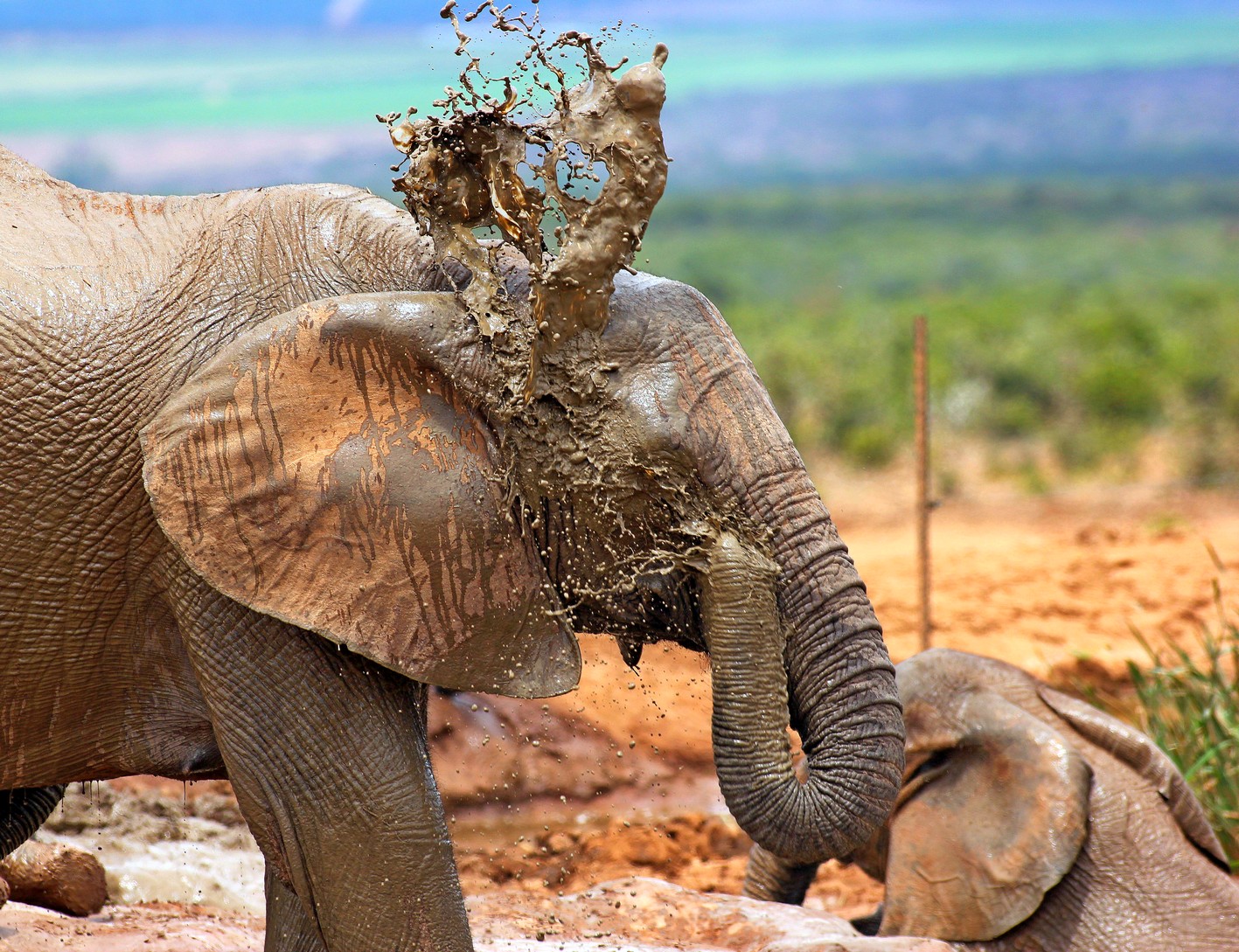
Picture: Benjamin Miller
The Addo Elephant National Park is a region that has been impacted by the current drought. In order to cope with water shortages, water has been pumped into the park’s dams from the municipality’s supply. This method produces a significant amount of carbon dioxide which is emitted into the air.
Now, SANParks has altered the design of these water pumps by utilising solar panels. The park has also converted most of its staff accommodation to be fitted with solar geysers.
The Addo Elephant Park is extremely important as it conserves the biggest population of black rhino and is home to 600 elephants. It is also home to five of South Africa’s seven unique biomes. The unique nature of this park and its rich biodiversity creates an urgency to protect its native fauna and flora.
This has prompted the park to begin discussions with various companies to search for solutions to further decrease carbon emissions by funding the conservation of the local spekboom succulent plant. This plant is indigenous to the Eastern Cape, and is particularly useful because it is able to absorb large amounts of carbon dioxide.
On 21 November 2021, during National Parks Week, the park asserted that the inclusion of wildlife in locations where the spekboom is grown would be beneficial because the animals unknowingly help the plant thrive by grazing.
Reducing carbon dioxide emissions is extremely important and turning to available natural resources and sustainable solutions will preserve the wildlife in South Africa and protect the environment as well.
ALSO READ
Urgent interim interdict filed against Shell to be heard today

